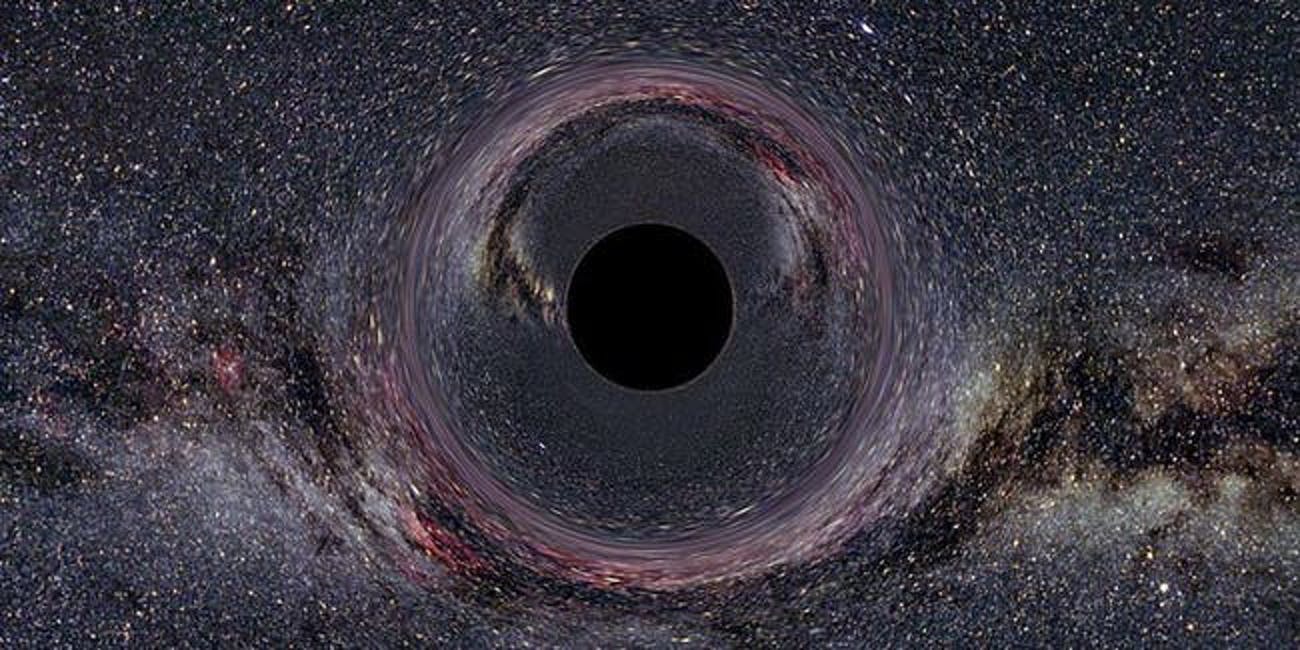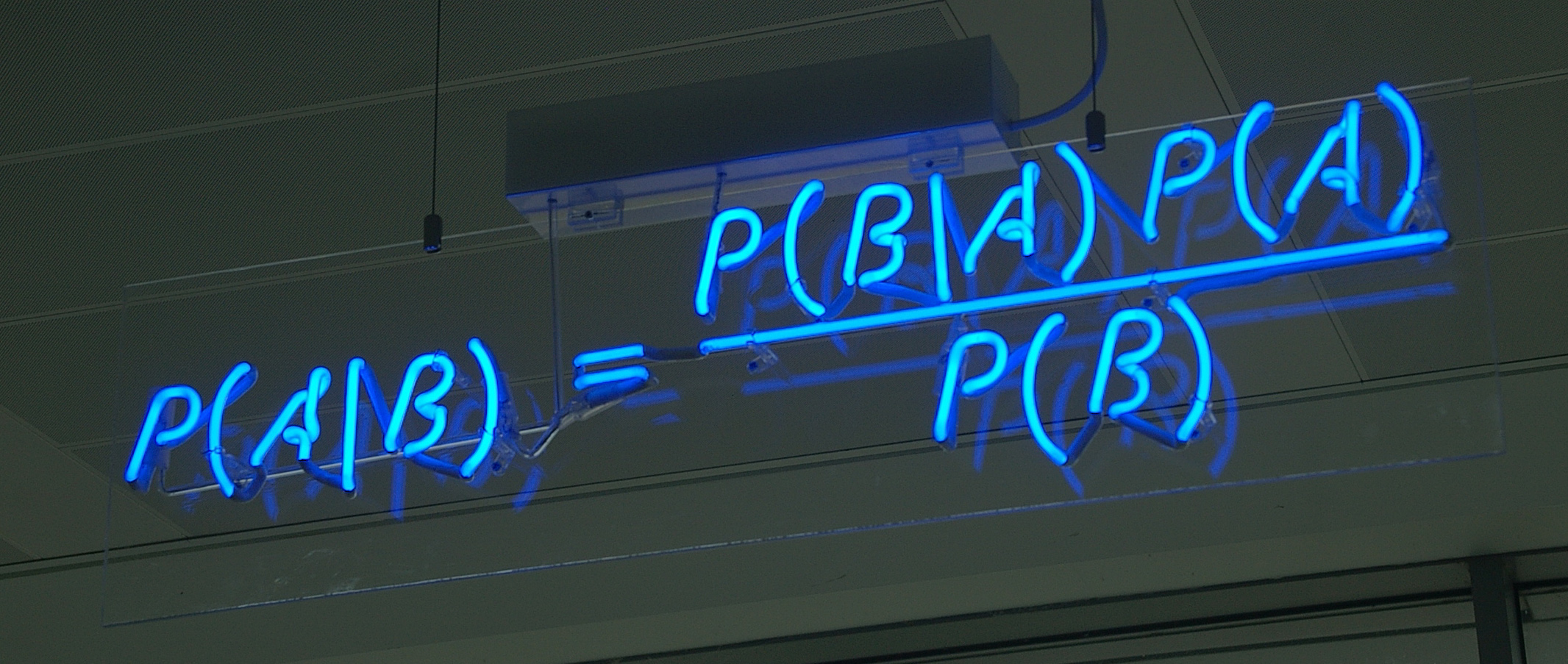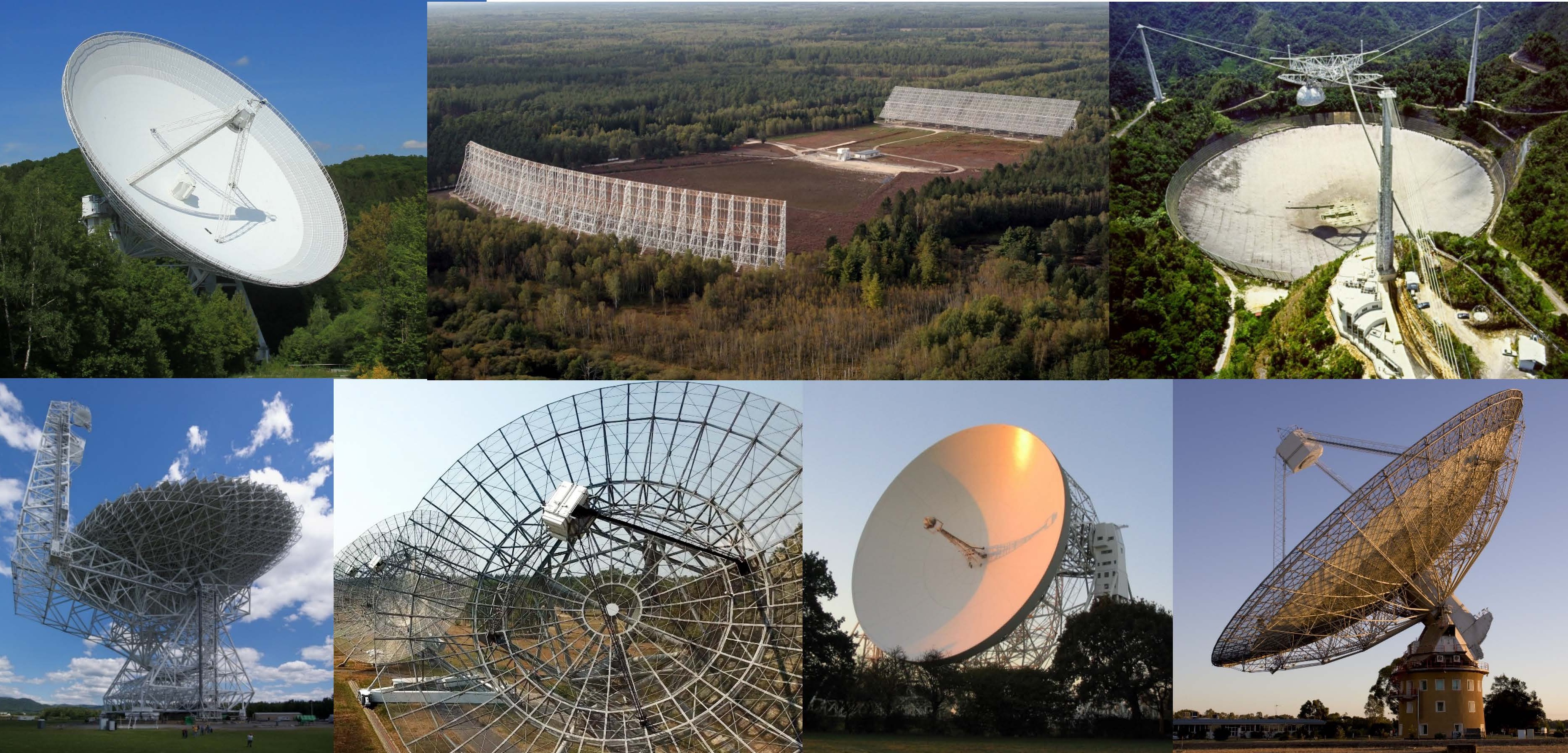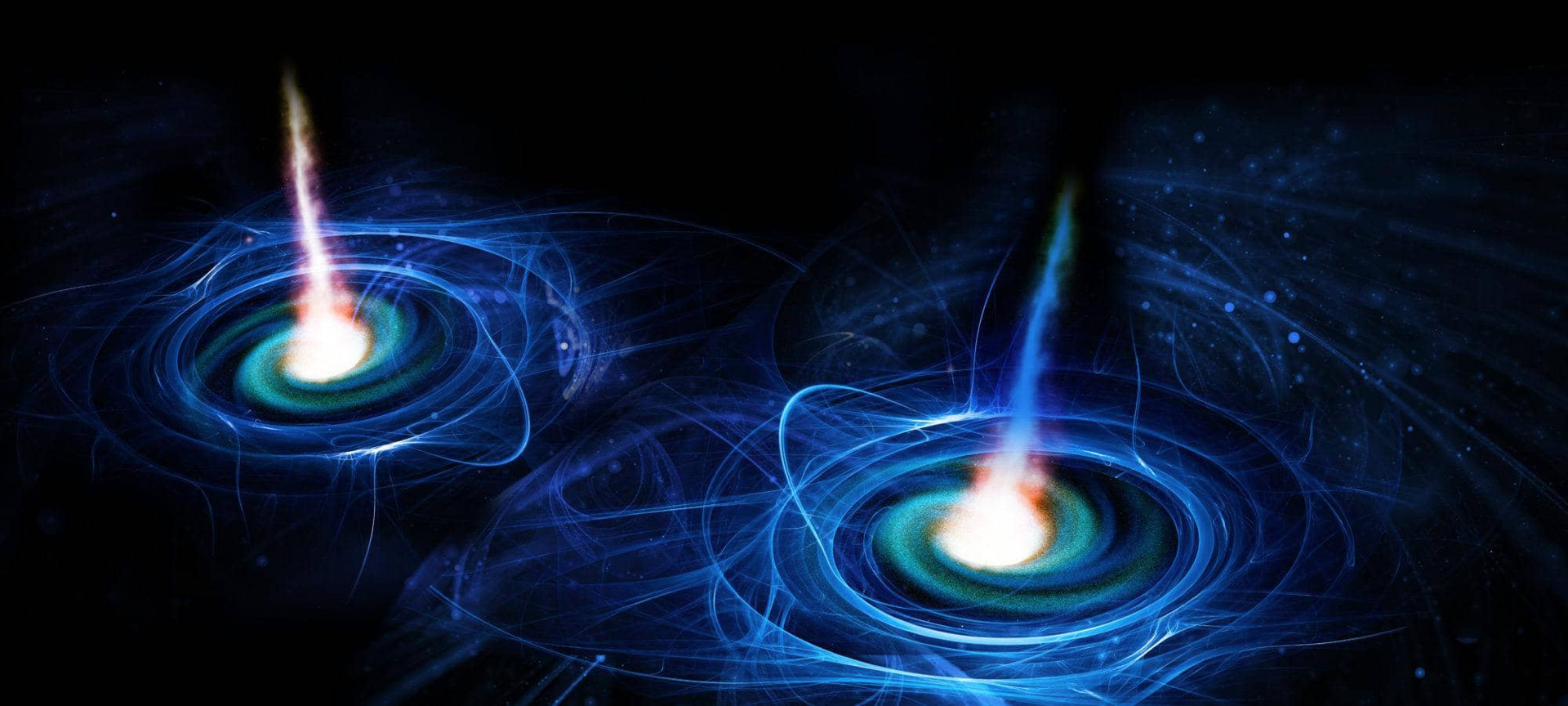Pulsar Timing Arrays
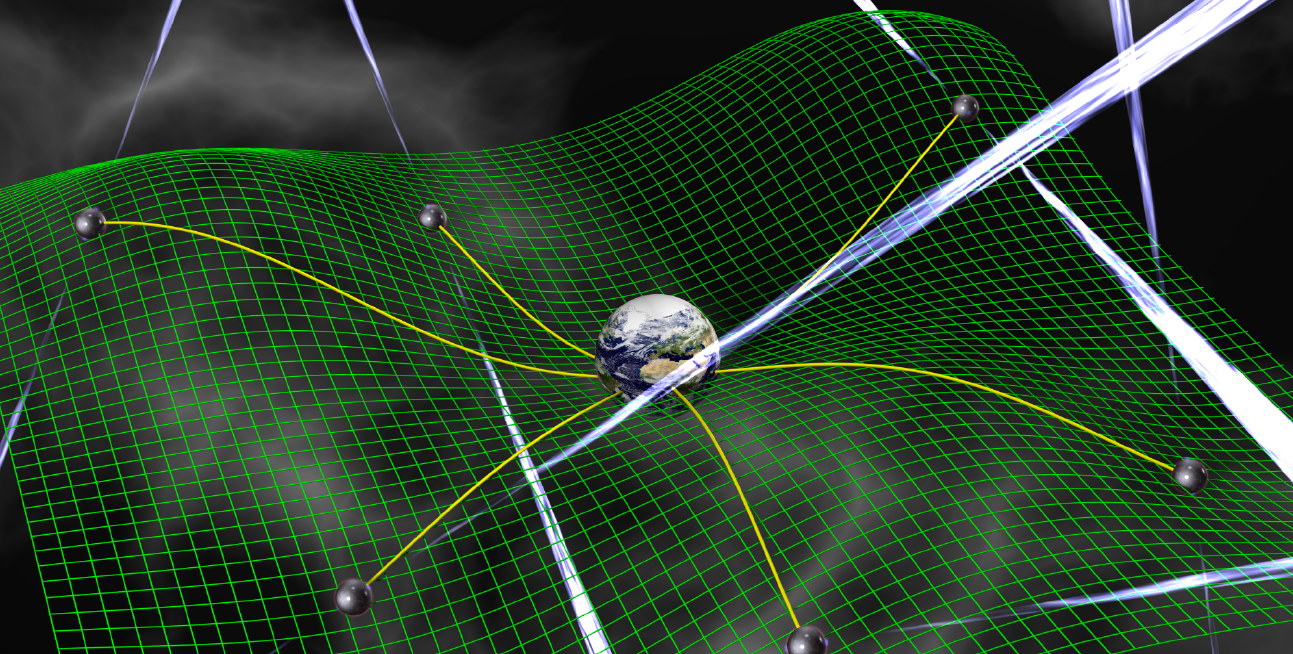
The main thrust of my research is searching for nanohertz gravitational waves (GWs) from distant sources using a web of Milky Way pulsars (a Pulsar Timing Array), and unveiling the properties of the supermassive black holes, cosmic strings, or early Universe processes that produce these GWs.
Pulsars are rapidly rotating, highly magnetized neutron stars that emit beams of radiation along their magnetic field axis. The misalignment of their magnetic field axis with their rotational axis means that they act like lighthouses, swinging beams of radiation into our line-of-sight to be registered as pulses.
Millisecond pulsars (MSPs) spin hundreds of times a second, and have such stable and predictable pulse arrival times that we can use them as natural clocks in the sky. I work with colleagues in NANOGrav (North American Nanohertz Observatory for Gravitational Waves), and the International Pulsar Timing Array (IPTA) to search within deviations of pulse arrival times from highly-accurate models. It is in these deviations (or "residuals") where we will find gravitational waves. I have developed many of the signal models, statistical techniques, and coding infrastructure that underlies the global effort for PTAs to be the next great GW observatory in the 2020s.
GWs in the PTA band (~1-100 nHz) are highly likely to originate from a cosmological population of inspiraling supermassive binary black holes (SMBBHs), with masses ~108 - 1010M☉. Most massive galaxies are thought to harbor massive black holes at their center, so these binares form as a natural by-product of merger-induced galaxy growth. In fact, we expect the first signal to be detected will be the aggregate signal from all binaries added together. This GW background affects all pulsars in a correlated way. My work has shown that we are only ~3-7 years away from detecting it, followed by individual bright systems. I have also developed powerful strategies for mining information about the underlying properties and environments of SMBBHs from PTA detections of GW signals.
Image credit: David Champion
